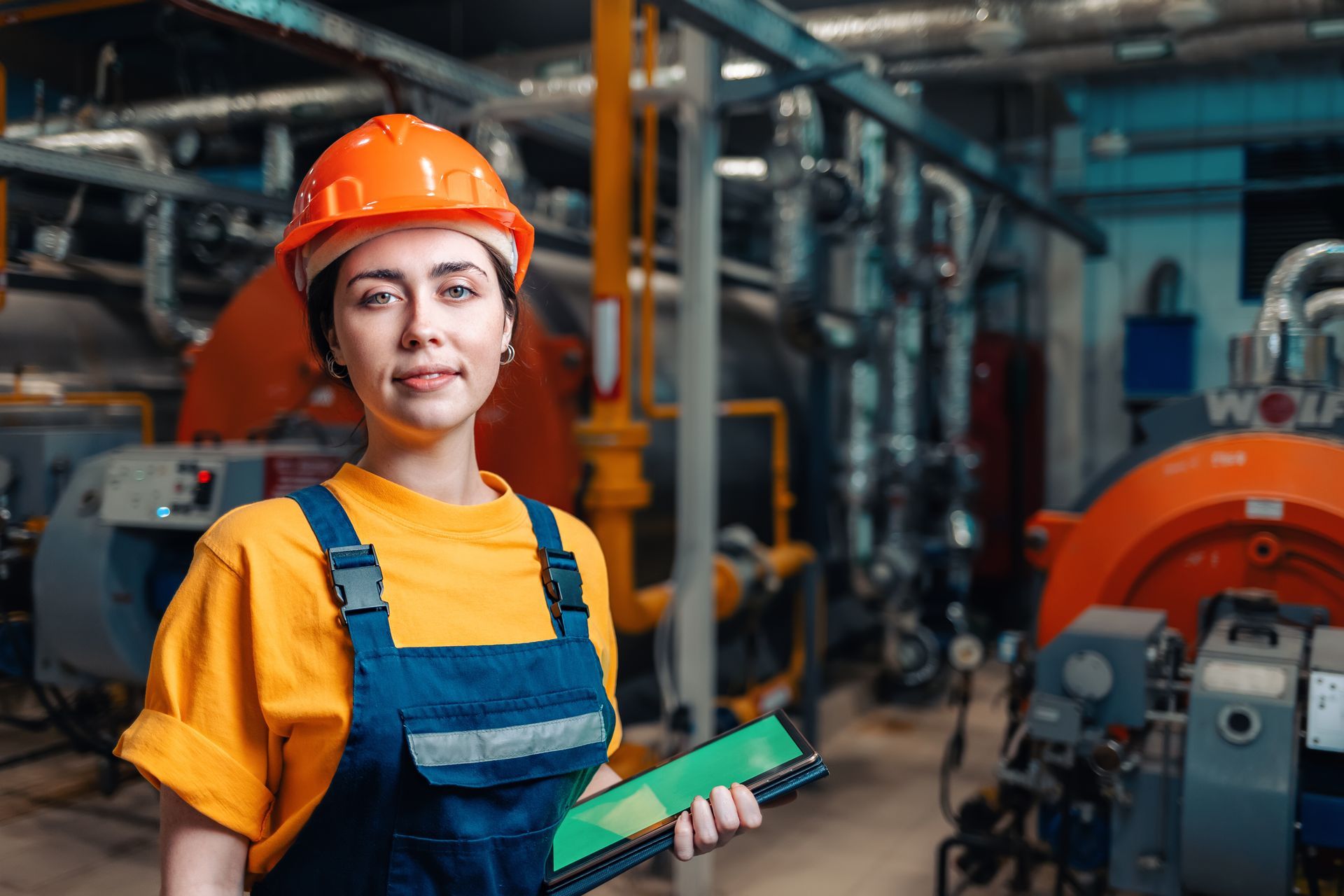Were you interested in information on 7 Plumbing Industry Trends You Need To Know?

Intro
The plumbing industry is undergoing a transformative phase driven by technological improvements and expanding worries for sustainability and performance. This article explores emerging patterns and technologies shaping the future of pipes.
Smart Plumbing Systems
Including clever modern technology into pipes systems allows remote monitoring, leakage detection, and automated maintenance. Smart sensing units and IoT (Web of Points) devices allow property owners and plumbing professionals to keep track of water use and spot issues in real-time, bring about much more efficient resource administration and aggressive upkeep.
Water Performance Solutions
With enhancing emphasis on water conservation, innovative services are being established to reduce water waste in plumbing systems. High-efficiency components, greywater recycling systems, and wise irrigation controllers are amongst the innovations assisting customers lower their water impact while maintaining convenience and comfort.
Lasting Materials
The change in the direction of sustainability extends to plumbing materials, with an expanding preference for eco-friendly options. Biodegradable piping products, such as PEX (cross-linked polyethylene) and HDPE (high-density polyethylene), deal durability and resistance to corrosion without compromising environmental stability.
Predictive Maintenance
Predictive maintenance methods utilize data analytics and artificial intelligence algorithms to expect and protect against pipes issues before they take place. By evaluating historic information and efficiency metrics, predictive upkeep algorithms can identify patterns and abnormalities, allowing proactive treatments to avoid pricey repairs and disturbances.
Augmented Fact in Pipes
Enhanced Fact (AR) technology is transforming pipes by providing specialists with real-time visual guidance for troubleshooting and repair tasks. AR-enabled wise glasses or mobile applications overlay electronic information onto the physical environment, assisting plumbings imagine pipeline designs, recognize surprise leaks, and execute repair work with accuracy.
Influence of 3D Printing
The advent of 3D printing has actually introduced brand-new possibilities in manufacturing plumbing parts. From custom-designed fixtures to elaborate pipeline installations, 3D printing allows for fast prototyping and on-demand manufacturing, decreasing preparations and making it possible for better personalization in pipes layout.
Health And Wellness Features
In response to enhanced worries for health and wellness, pipes components are incorporating features such as antimicrobial surface areas, touchless procedure, and self-cleaning devices. These developments not only enhance hygiene yet additionally advertise user convenience and benefit.
Hygiene-focused Components
Touchless taps, self-sanitizing bathrooms, and antimicrobial surface areas are ending up being progressively widespread in property and industrial settings, decreasing the danger of germ transmission and promoting a cleaner, much healthier atmosphere.
Water Top Quality Tracking
Developments in water top quality tracking modern technologies allow homeowners to keep an eye on the pureness and safety of their water in real-time. Smart water quality sensors can find impurities, pH degrees, and temperature level variants, equipping individuals to take positive procedures to ensure water security.
Remote Pipes Solutions
Remote diagnostics and online support are revolutionizing the way pipes services are supplied. With video clip conferencing and remote access technologies, plumbing professionals can fix concerns, provide advice for DIY repair work, and also perform remote assessments, offering greater ease of access and ease to property owners.
Difficulties and Opportunities
While pipes technologies hold tremendous promise, they also existing difficulties such as data privacy worries, regulatory conformity, and the need for workforce training. Addressing these obstacles requires cooperation between sector stakeholders and regulatory bodies to guarantee safe and responsible implementation of brand-new innovations.
Regulative Landscape
Governing structures play a vital duty in shaping the adoption of plumbing innovations, with requirements and codes regulating everything from water efficiency to product security. As modern technologies remain to develop, regulative bodies need to adjust to guarantee customer security and ecological stewardship.
Future Expectation
The future of pipes is characterized by proceeded innovation and integration with various other markets such as IoT, renewable resource, and structure automation. By welcoming lasting techniques, leveraging arising modern technologies, and prioritizing user-centric design, the pipes sector is poised to resolve the advancing requirements of culture while minimizing its ecological impact.
Verdict
To conclude, the future of pipes is defined by a merging of modern technology, sustainability, and user-centric layout. By embracing clever solutions, sustainable products, and aggressive upkeep techniques, the pipes industry can enhance performance, advertise safety and security, and contribute to a much more lasting future.
Plumbing Technology Trends 2024: Shaping a Sustainable and Efficient Future
Plumbing Technology: A Beacon of Innovation
Intelligent Plumbing Systems: The adoption of smart plumbing solutions offers unparalleled control over water usage, preventing waste and ensuring optimal efficiency. These systems can be installed by qualified contractors and may require technicians with expertise in new codes for proper functionality. Eco-Friendly Piping: Innovations in piping materials, like PEX and recycled content options, are making plumbing systems more sustainable. These materials are not only better for the environment but also durable and flexible, making them easier to install and less likely to need repairs. Automated Leak Detection: New plumbing technologies include systems that can automatically detect leaks. This is a big deal because it means we can fix them before they cause a lot of damage or waste too much water. It’s all about catching problems early and saving resources. Energy-Efficient Water Heaters: There’s also a big push towards devices that use less energy. This includes solar and tankless models, which provide hot water only when it’s needed, cutting down on energy use and costs. Plumbers: Champions of Sustainability
Adopting Green Practices: Contractors who specialize in sustainable plumbing can ensure your system meets the latest regulations and utilizes efficient valves. They undergo comprehensive training programs that emphasize sustainability in practices like eco-friendly installations. Water Conservation Efforts: Through the installation of high-efficiency appliances, plumbers are essential in reducing water consumption and promoting conservation. When repairing or replacing older fixtures, plumbers can recommend high-efficiency options that comply with local codes. Pipe: The Lifeline of Modern Plumbing
Innovative Pipe Solutions: The use of environmentally friendly and durable materials in pipes, like PEX and recycled content options, reduces the ecological footprint and enhances water quality. These innovative pipe solutions may require specialized repair techniques from qualified plumbers familiar with the materials. Advanced Leak Detection: Modern pipes are now more frequently equipped with sensor technology that can identify leaks early, conserving water and preventing damage. Early leak detection can save homeowners money on repair costs and potential water damage. Water Heater: At the Forefront of Efficiency
Renewable Energy Heaters: Solar heaters and other renewable energy-powered models are becoming more common, offering an eco-friendly alternative to traditional methods. These benefit the environment but can also potentially lead to lower water bills through reduced energy use. On-Demand Heating: Tankless heaters have gained popularity for their ability to provide hot water as needed, minimizing energy waste. This innovative technology eliminates the need for a large storage tank, freeing up valuable space and simplifying the installation process for qualified plumbers. https://intownplumbingtx.com/articles/plumbing-technology-trends/

As a keen reader about 7 Plumbing Industry Trends You Need To Know, I thought sharing that blog post was a good thing. Do you know someone else who is interested by the subject? Why not promote it. We recognize the value of your readership.
Click Here